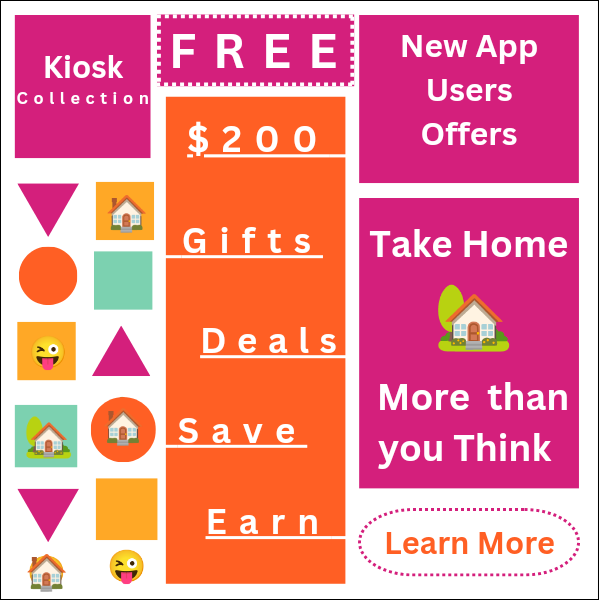In today’s fast-paced world, kiosks have become an increasingly popular way for businesses to engage with customers and provide convenient self-service options.
Whether you’re starting a new business or looking to revamp your existing kiosk, the design plays a crucial role in attracting customers and enhancing their experience.
In this guide, we will explore some custom kiosk design ideas and provide insights on how to build a unique and functional kiosk.
Understand Your Target Audience
Before diving into the design process, it’s essential to have a clear understanding of your target audience.
Consider their demographics, preferences, and needs. This knowledge will help you create a kiosk design that resonates with your customers and provides a seamless user experience.
Define Your Goals
Every kiosk design should have a clear purpose. Determine the goals you want to achieve with your kiosk, whether it’s to increase sales, provide information, or streamline processes.
This will guide your design decisions and ensure that your kiosk meets its intended objectives.
Embrace Branding
Your kiosk should reflect your brand’s identity and values. Incorporate your brand’s colors, logo, and visual elements into the design.
Consistency in branding will help customers recognize and connect with your business, both at the kiosk and across other touch points.
Optimize Functionality
Functionality is key when it comes to designing a successful kiosk. Consider the specific tasks your kiosk will perform and design the user interface accordingly.
Keep the layout intuitive and user-friendly, minimizing the number of steps required to complete a transaction or access information.
Choose the Right Materials
Selecting the right materials for your kiosk is crucial for its durability and aesthetics.
Consider factors such as the environment where the kiosk will be placed, the level of security required, and the overall design concept.
Materials like stainless steel, tempered glass, and high-quality plastics are popular choices for their durability and sleek appearance.
Incorporate Interactive Elements
To create an engaging and memorable experience, consider incorporating interactive elements into your kiosk design.
Touchscreens, motion sensors, and augmented reality features can captivate users and make their interaction with the kiosk more enjoyable.
However, ensure that these elements serve a purpose and enhance the overall functionality, rather than being purely decorative.
Pay Attention to Accessibility
Make sure your kiosk design is accessible to all users, including those with disabilities.
Incorporate features such as adjustable height, clear signage, and audio options for visually impaired users.
By prioritizing accessibility, you ensure that your kiosk is inclusive and can be used by a wider range of customers.
Consider Maintenance and Upgrades
A well-designed kiosk should be easy to maintain and upgrade.
Choose components that are easily replaceable and consider the accessibility of internal parts for maintenance purposes.
Additionally, design the kiosk with future upgrades in mind, allowing for the integration of new technologies or features as your business evolves.
Test and Iterate
Once your kiosk design is complete, it’s crucial to test it thoroughly before deployment.
Conduct user testing to identify any usability issues or areas for improvement.
Iterate on your design based on user feedback to ensure that your kiosk provides the best possible experience for your customers.
Seek Pro Help
If you’re unsure about the design and building process, consider seeking professional assistance.
There are companies specializing in kiosk design and construction that can help bring your vision to life.
They have the expertise and experience to create a custom kiosk that meets your specific requirements and objectives.
In conclusion, designing and building a custom kiosk requires careful consideration of your target audience, goals, branding, functionality, and accessibility.
By following these guidelines and seeking professional assistance when needed, you can create a unique and functional kiosk that enhances the customer experience and drives business success.



